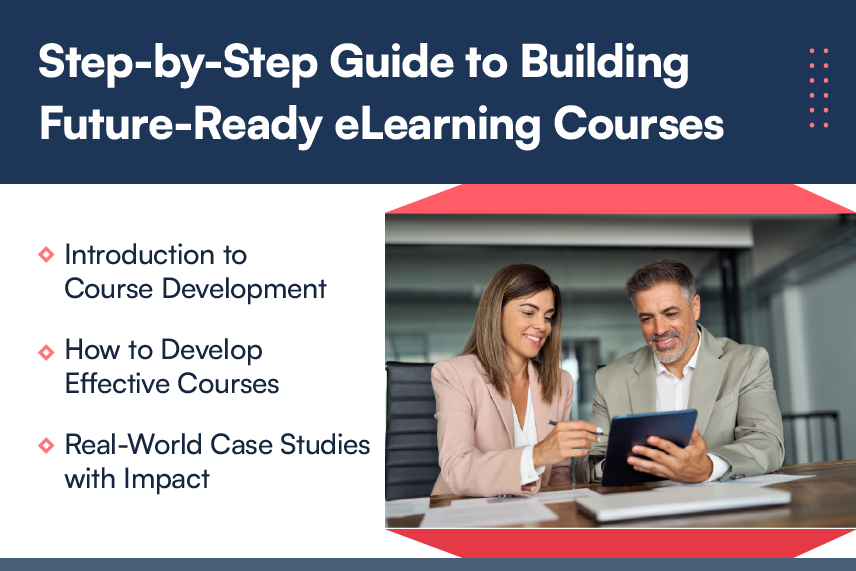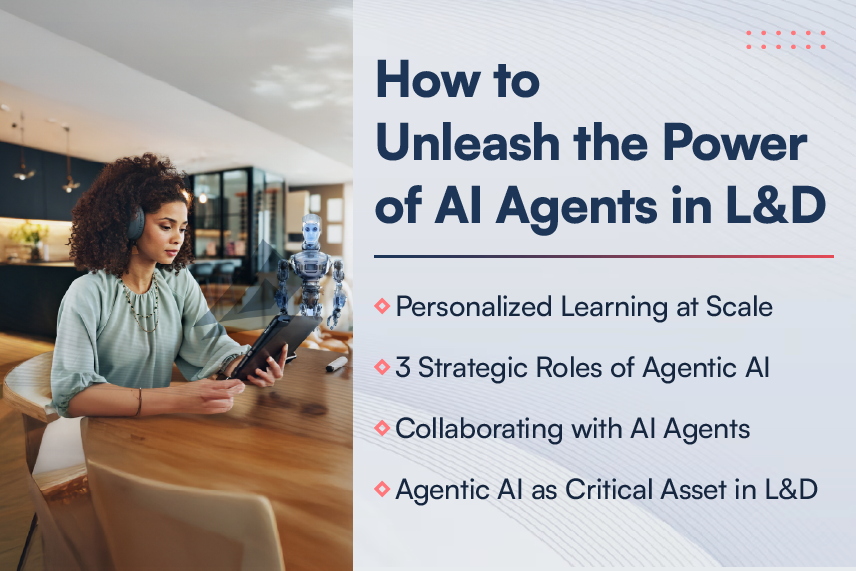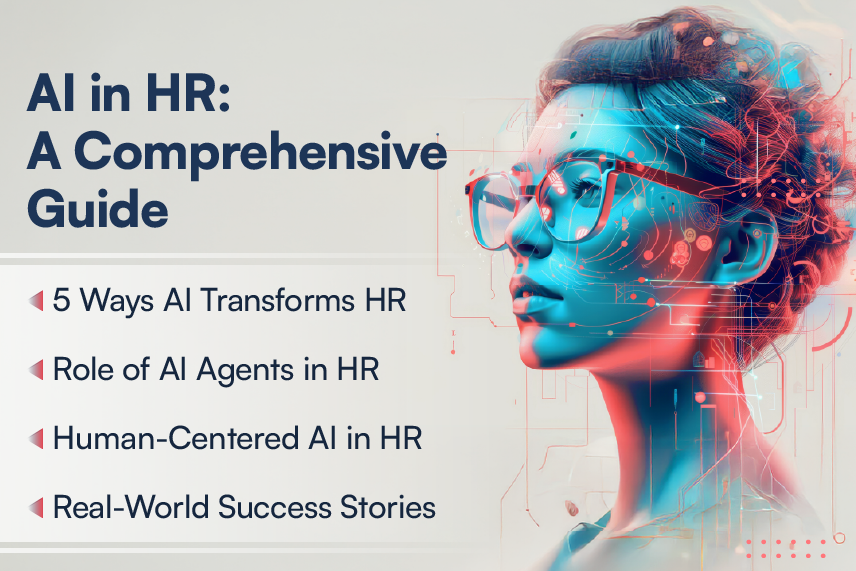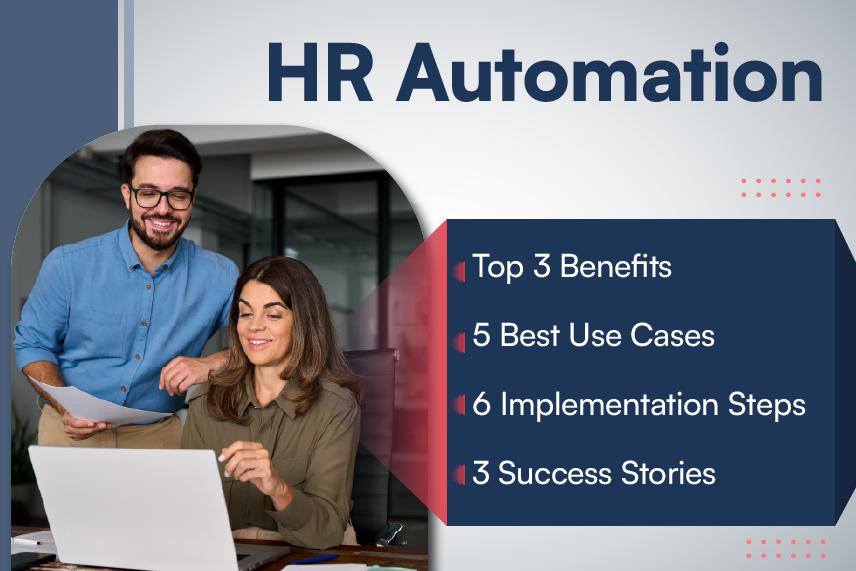
Successfully Build A Culture Of Learning
Everything today is changing faster than one can keep pace with. Reskilling is becoming a priority for L&D more than ever before. And thus, learning is earning a much-deserved, crucial spot in organizations. This is validated by LinkedIn’s Workplace Learning Report [1] which states that 94% of employees feel investment in learning and development is one of the major reasons they would decide to stay in a role for longer. L&D stakeholders are now getting a seat at the table for not just providing compliance training, but also for employee engagement and motivation. The current times demand continuous learning and creating a culture and environment to support it, rather than one single long course or classroom workshop that employees need to undergo. Such a cultural shift needs a mindset change at every level across the organization. It needs empowered employees who believe in learning and growing at every step.
The Society for Human Resource Management (SHRM), very aptly, defines a learning culture as follows:
A learning culture consists of a community of workers instilled with a “growth mindset.” People not only want to learn and apply what they’ve learned to help their organization, they also feel compelled to share their knowledge with others.
6 Best Practices To Cultivate A Learning Mindset
We, at Harbinger, have been working with various organizations that believe strongly in developing a culture of learning. Based on our experience, here are 6 best practices that can go a long way when organizations are aiming to cultivate a learning mindset in their organizations.
1. Design Personalized Learning Journeys
L&D stakeholders need to understand that one size cannot fit all. Designing learning journeys for an individual, based on their preferences and needs, can go a long way and make the whole experience much more relevant for them. It is not about tracking how many hours employees spent on learning that matters, but the whole big picture around how they are more engaged in the process of learning since it is now personalized as per their needs and goals.
2. Choose The Right Learning Environment
Setting up the right systems and tools for learning is one of the important building blocks of success in this journey. If an LMS is difficult to navigate, one is not able to find the relevant content quickly, or when learning is not available when needed, it can create a strong resistance to learning. The learning environment should facilitate learning and make it easy to access. Look out for a solution that enables learning in the flow of work, can be smoothly navigated, is easily searchable, facilitates regular communication and feedback, and delivers learning in a format preferred by your learners.
3. Build Learning Programs That Engage
When you build learning programs keeping the big picture in mind rather than just aiming to tick off the compliance boxes, great things can happen. Effective learning programs are built using appropriate design modalities and keep the learner at the center of everything. Make optimum use of modalities like micro-learning, nudge learning, gamification, videos, and more when designing your learning, and witness your culture transform for good.
4. Make Learning A Core Value
For your employees to imbibe a culture of learning, they need to see it as something that leadership supports. Making learning a core organizational value is a great way to depict leadership buy-in and to commit to employee growth through continuous Learning and Development.
5. Enable Collaborative Learning
It is said that the most useful learning happens at the water coolers in an organization. What I mean by that is that people learn the best by sharing knowledge with each other. Providing an environment where people are motivated and encouraged to share knowledge can help in building a strong learning culture.
6. Reward It Right
Rewards have a big role to play in keeping up the motivation to learn, thus making them an important element in the whole learning ecosystem. Apart from certificates, badges, and leaderboard features, also look at providing rewards like manager citations and monetary incentives. Rewards when done right can go a long way in supporting and sustaining a learning culture.
When an organization moves toward building a culture of learning, it enables its employees to look for opportunities to learn at every point. They will no longer only be learning what is pushed to them through the LMS. They will discover newer ways and means to learn, enabling learning in the flow of work. The above best practices will definitely help your organization in taking a giant leap toward cultural transformation, but it will be all the more effective if L&D stakeholders lead by example.
A recent episode of Harbinger’s flagship virtual roundtable series, Power Hour, also touched upon the expanded role of the CLO and L&D leaders to build a culture of learning in any organization. Several L&D experts shared their views on this topic.
Is your organization moving toward building a culture of learning? What successes have you seen and what are some challenges you have come across? Are your leaders playing a key role in this transformation? I would be keen to know. You can share your experiences through the comments below.
References:
[1] 2019 Workplace Learning Report
This article was originally published on eLearning Industry.






